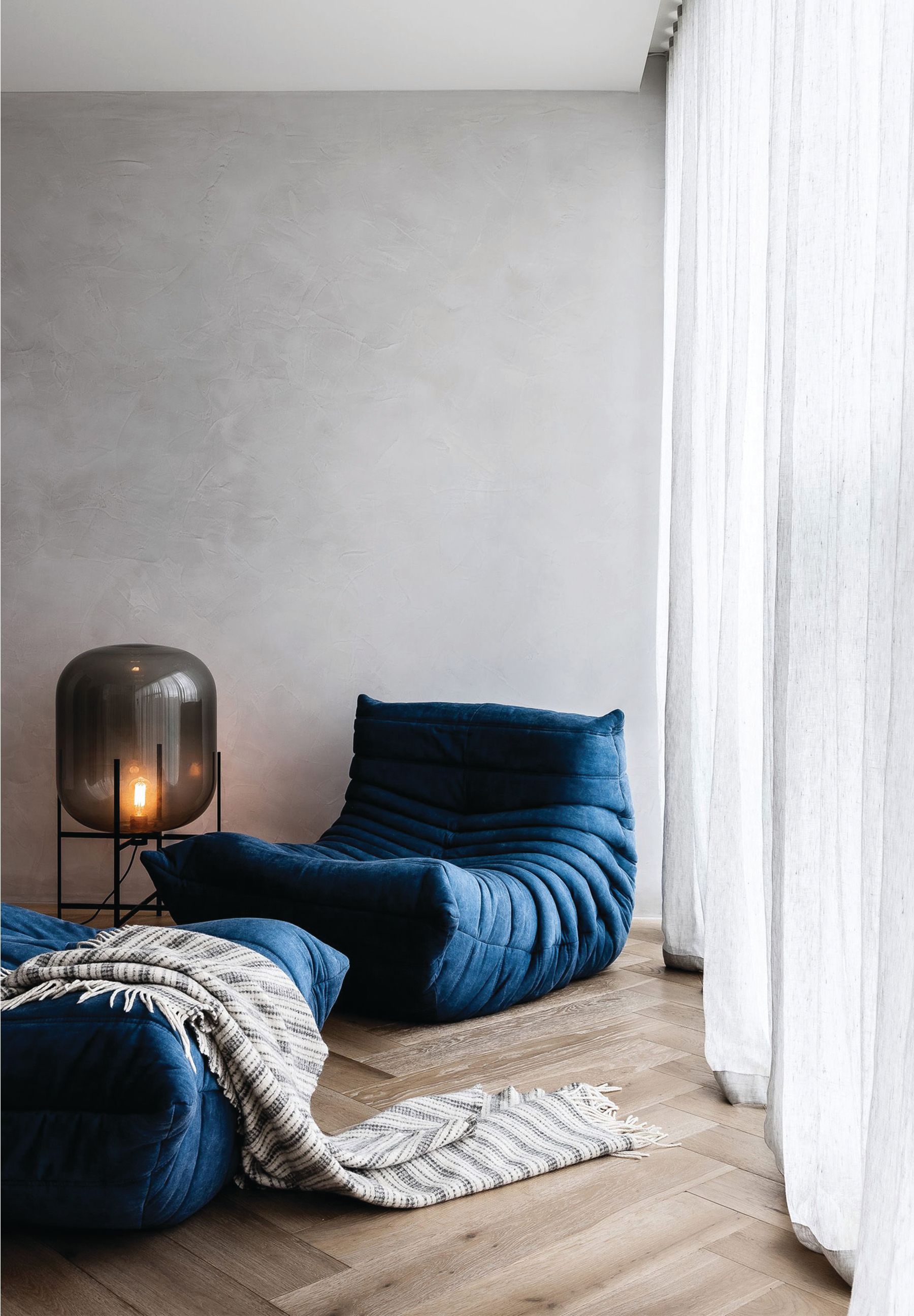Author:
Published: 4 October 2024
European oak trees have long been venerated as symbols of strength and resilience.
From its close associations with Zeus, Jupiter and Thor¹—the gods of rain, thunder and lightning—to its adoption as the national emblem for several European countries including England, Germany and Denmark², the mighty oak has been used for centuries in construction, flooring, furniture-making, ship-building and in the barrels that age wine, sherry and whiskey.
Our European oak boards reflect the lives of the trees and forests from which they are sourced.
A tree’s life story—its age, height, number of branches, how much water and sunlight it receives and numerous other factors—echoes through the material, emerging as visual characteristics such as knots, sapwood, heartwood, medullary rays, and tannins.
These fundamental features give oak timber its rich character and beautiful versatility while also contributing to its inherent strength and durability.
Just as no two oak trees are identical, no two oak floors are either. As with all natural materials, timber adds variance and character to the overall aesthetic.


Knots, one of the most distinctive characteristics of all timber, are remnants of branches and a reflection of its vitality. Oval in shape and sometimes darker than the rest of the board, they are often accompanied by waves of circular grain lines that flow outwards from the knot.
All wood begins as sapwood. The living, outermost layer of a tree’s trunk, stem or branch, sapwood is used to transport water and minerals from the ground to its branches and leaves. It can be identified by its lighter colour and often appears along the borders of a board.


Heartwood is the oldest and strongest part of the tree.
Usually darker in colour than sapwood, heartwood provides the tree with its main structural support and forms the majority of a timber board.
Its low starch content makes it highly resistant to fungi and insects and is one of the main reasons why oak is such a reliable and resilient material that lasts decades.
Nature's guardians, tannins serve as the tree's natural protection against fungi, bacteria, and rot – a key component of what makes our European oak boards durable and long-lasting. They are also vital in the creation of colour in timber, produced as a result of the reaction between natural tannins and stains.
Oak is unique as its tannins are receptive to a much wider range of stains than other timber species, resulting in beautiful natural tones emerging from deep within our boards.


Our three-layered engineered oak boards are made entirely from responsibly sourced European Oak, and through our three Grades, we give you complete freedom to realise your project.
At Tongue & Groove, we believe that choosing European oak means deciding to bring a part of nature into your space, with all its beauty and variance. A living material with a rich and unique story, we’re proud to celebrate it in its truest form.
Find out more here.
References:
¹ ‘Oak mythology and folklore’, TreesforLife.org.uk
Last updated: 4 October 2024